Remember When ... A Soviet Nuclear Submarine Sank off the Coast of Bermuda
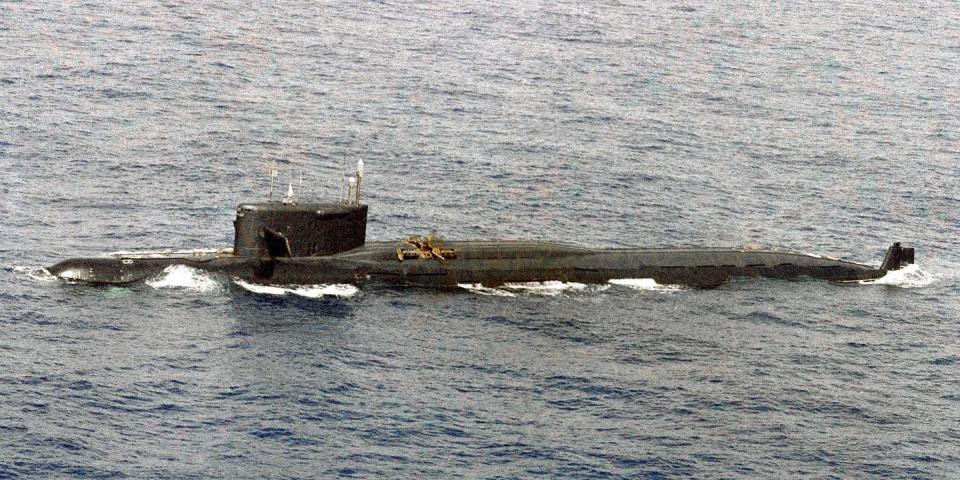
On this day in 1986, a Soviet nuclear submarine off the coast of Bermuda caught fire and sank.
The sub’s thermonuclear warheads and nuclear reactors went down with the ship.
Although most of the warheads and reactors are still down there, some of the warheads—and the missiles containing them—were counted as missing two years later.
One of the most dangerous incidents at sea during the Cold War took place on this day 36 years ago in the middle of the Atlantic Ocean. The Soviet Navy submarine K-219 caught fire and ultimately sank, killing three of her crew. Adding to the tragedy were the losses of the ship’s thermonuclear warheads and nuclear reactor, which threaten to unleash an environmental disaster if they are not someday recovered.
✈️ Don’t miss any of our best-in-class military and defense coverage. Join our squad with Pop Mech Pro.
On October 3, 1986, K-219 was cruising approximately 600 miles northeast of the island of Bermuda. The ballistic missile submarine was designed to carry nuclear-tipped missiles within range of the United States as part of the USSR’s nuclear deterrence. A month after departing the Soviet Northern Fleet’s Gadzhiyevo submarine base, K-219 was conducting launch drills, preparing for the day it might launch its nuclear-tipped missiles at the eastern seaboard of the United States.
K-219 was a “Yankee”-class submarine, a NATO intelligence designation likely referencing the submarine’s uncanny resemblance to early George Washington-class U.S. Navy ballistic missile submarines. Unlike previous Soviet missile submarines, which stored their long missiles in the sail, the Yankee class stored shorter, more compact missiles in the hull behind the sail, in a raised hump, just like American submarines. (North Korea’s nuclear submarines, for example, still carry their more primitive missiles in the sail.)
At 420 feet long, with a beam of 38 feet, the Russian submarine was a long and slender nuclear-armed predator. K-219 had a maximum dive depth of 1,029 feet and a crew of approximately 120. Powered by two OK-700 90-megawatt nuclear reactors, she could travel at 27 knots underwater and had a range limited only by her food and water supply.
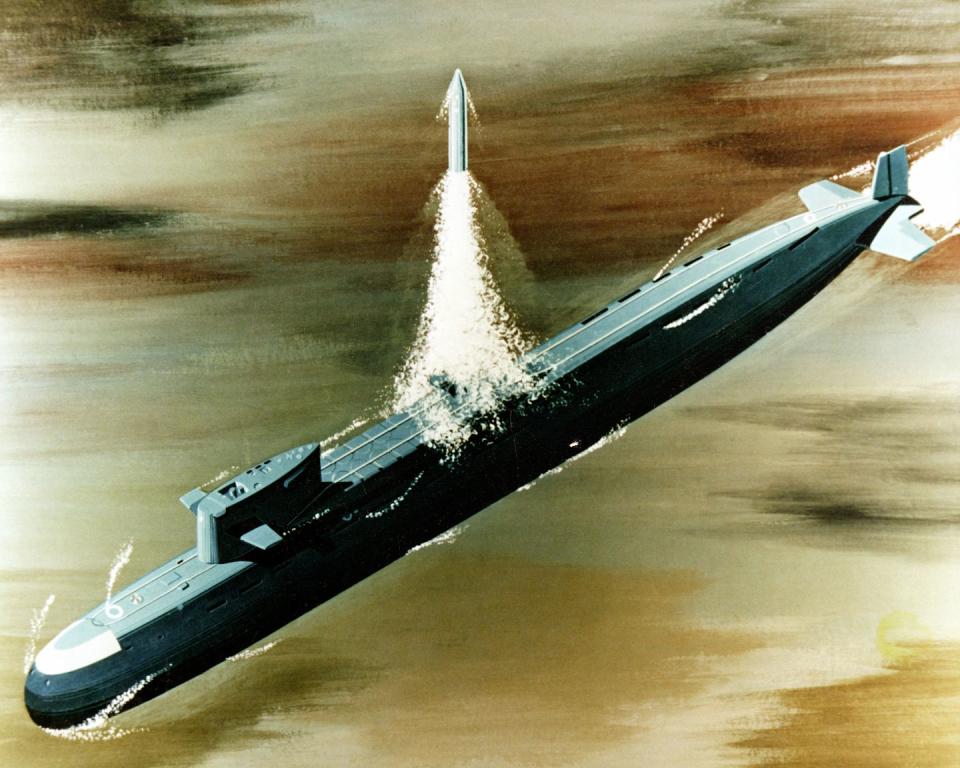
K-219 also bristled with armament: in addition to six 533-millimeter torpedo tubes and 18 torpedoes, the submarine carried 16 R-27U submarine-launched ballistic missiles (SLBMs). Each R-27U had a range of 1,900 miles. Its accuracy—measured in circular error probable (CEP), or the maximum distance from the target in which half of the warheads will fall—was 1.2 miles. This relatively poor accuracy required a big, civilization-smothering warhead to make up for it; as a result, each missile carried one megaton thermonuclear warhead or three individual 200-kiloton warheads. To illustrate K-219’s destructive firepower, one megaton equals 1,000 kilotons, with the atomic bomb dropped on Hiroshima, Japan rated at just 16 to 17 kilotons.
On that day in 1986, K-219 was sailing submerged in the Sargasso Sea when a missile fuel leak sparked an explosion. After battling the explosion and fire, the crew was also forced to manually shut down the reactors, a standard procedure aboard a nuclear-powered ship to prevent the fire from breaching the reactors. The accident killed four crew members (one of whom died while shutting down the reactors) and injured an unknown number more.
After three days of fighting to save the ship, the Soviet commercial ship Krasnogvardeysk took it under tow. The tow cable abruptly snapped and K-219 sank in 18,000 feet of water. In high-level conversations, Soviet officials stated they believed the hull would implode at 2,296 feet.
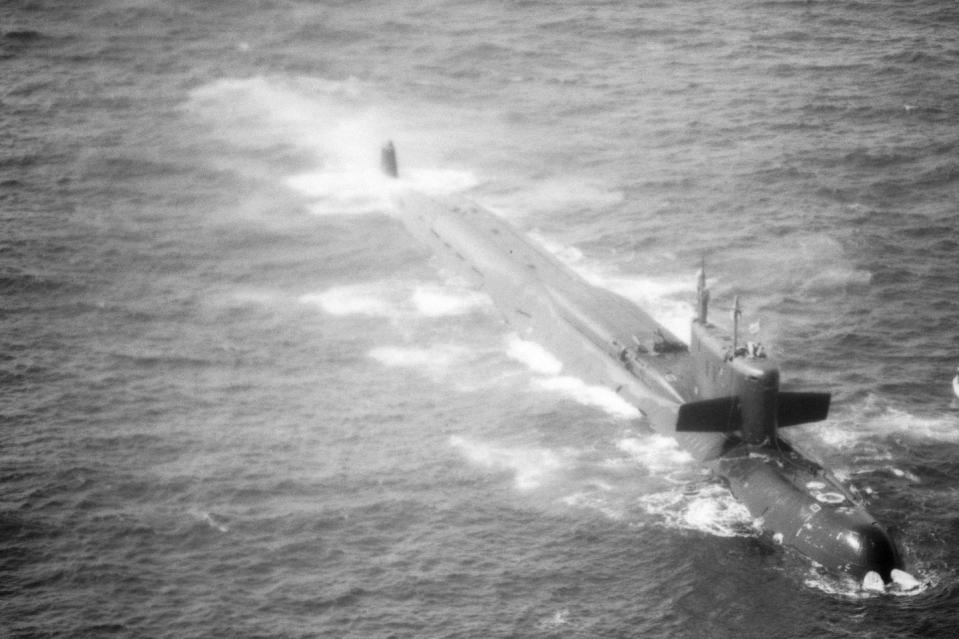
The accident resulted in the loss of at least 16 thermonuclear warheads, as well as two nuclear reactors. Admiral Vladimir Chernavin, then the head of the Soviet Navy, explained to Soviet leadership that the high explosive and plutonium aboard each nuclear warhead were contained in metal spheres. The spheres would gradually corrode in the salt water, Chernavin explained, and “a corrosion process will begin, which will lead to the spread of radioactivity.” However, the radioactivity would be limited and would not reach the surface, he said. Chernavin also explained that the two reactors would corrode and spill radioactivity, but “that would happen very slowly, over decades.”
☢️ Read On
Releasing toxic plutonium into the ocean would cause an ecological disaster, threatening the surrounding environment, fish stocks, and possibly even nearby shipping lanes. Plutonium decays very slowly, with a half-life of 24,000 years, meaning that half of the material released into the ocean will still be around in 24 millennia, contaminating the environment.
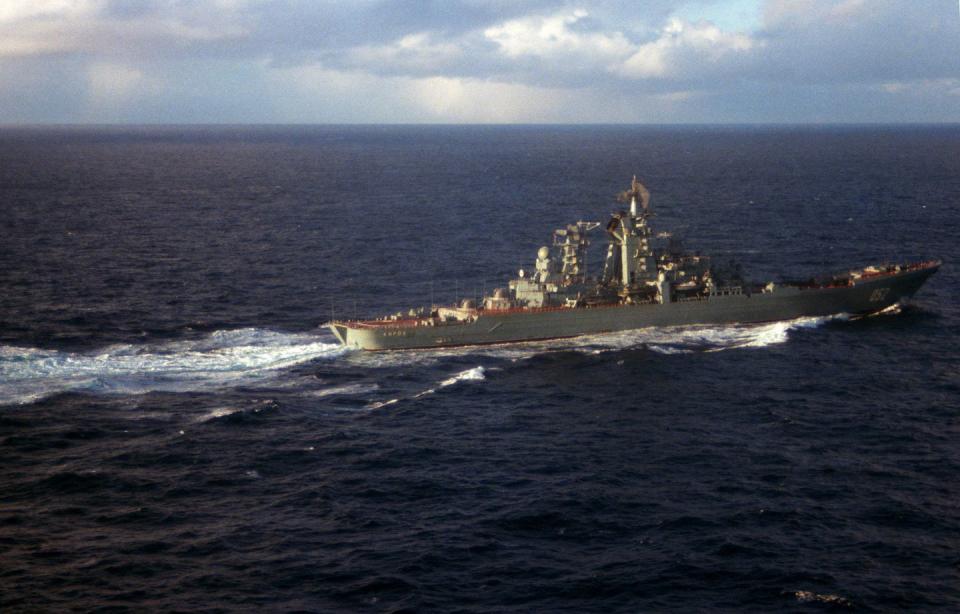
The U.S. government quickly became aware of K-219’s plight, sending P-3C Orion patrol aircraft to monitor efforts to save the submarine and even offering assistance. But Soviet leadership was more worried about the possibility that the United States could raise the submarine and learn its secrets. Premier Mikhail Gorbachev, the last leader of the Soviet Union, twice mentioned the possibility that Americans could raise the ship. Gorbachev and the Politburo were apparently aware of Project Azorian, the CIA’s secret operation to raise another sunken Soviet missile submarine, K-129, off the coast of Hawaii in 1974.
Stephen Schwartz, a nonresident senior fellow with the Bulletin of the Atomic Scientists, says there are several notable things about the incident. “First, the heroic efforts of the crew under very dangerous conditions to shut down the two reactors and stabilize the submarine,” Schwartz tells Popular Mechanics. “Much like an earlier accident in 1961 involving the Soviet Union’s first ballistic missile submarine, the K-19, they prevented a far greater catastrophe.”
“Second, the Soviet Union’s quick acknowledgement of what had happened, demonstrating that Soviet leaders had learned from their bungled attempt just five months earlier to deny both the occurrence and the region-wide consequences of the catastrophic reactor explosion at Chernobyl in Ukraine.”
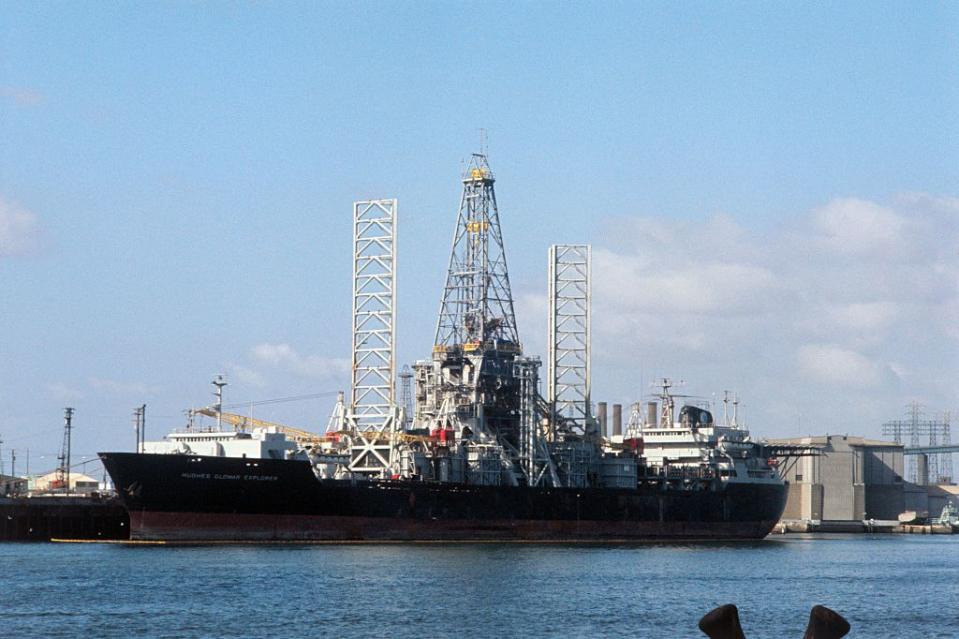
Gorbachev, it turned out, was right to worry that the Americans would abscond with parts of the submarine and missiles. The third notable event, according to Schwartz, was the “little-known discovery by a Soviet research vessel two years later that several of the K-219’s ballistic missiles—and their thermonuclear warheads—had somehow been retrieved sometime after it sank in 18,000 feet of water to the bottom of the ocean. Did the United States secretly salvage not just one, but two, Soviet missile submarines?”
The K-129 incident is an example not just of the dangers of nuclear weapons, but the dangers of using nuclear power carelessly. Someone, someday, will have to descend 18,000 feet below the surface of the Atlantic and retrieve the reactor and warheads before corrosion releases their toxic materials (Well, what’s left of the missiles and the reactor).
If that sounds like a headache, imagine living with an even greater problem for 24,000 years—all because of the Cold War.
You Might Also Like

 Yahoo Movies
Yahoo Movies 